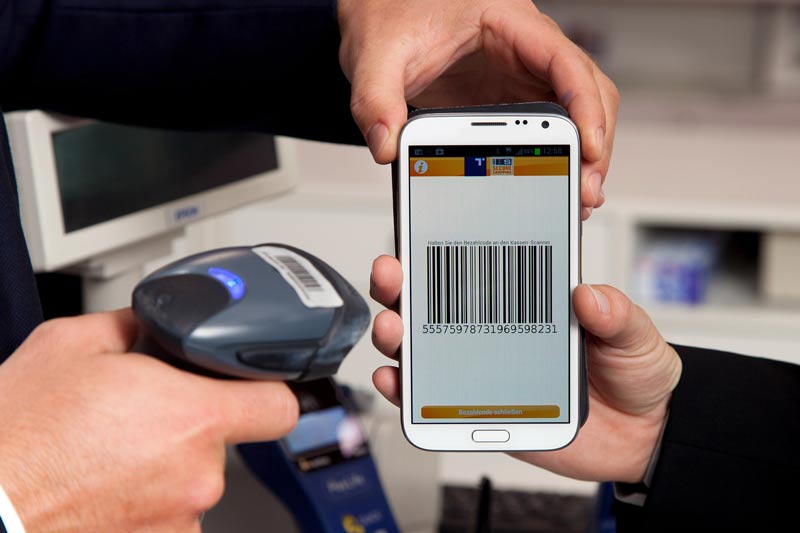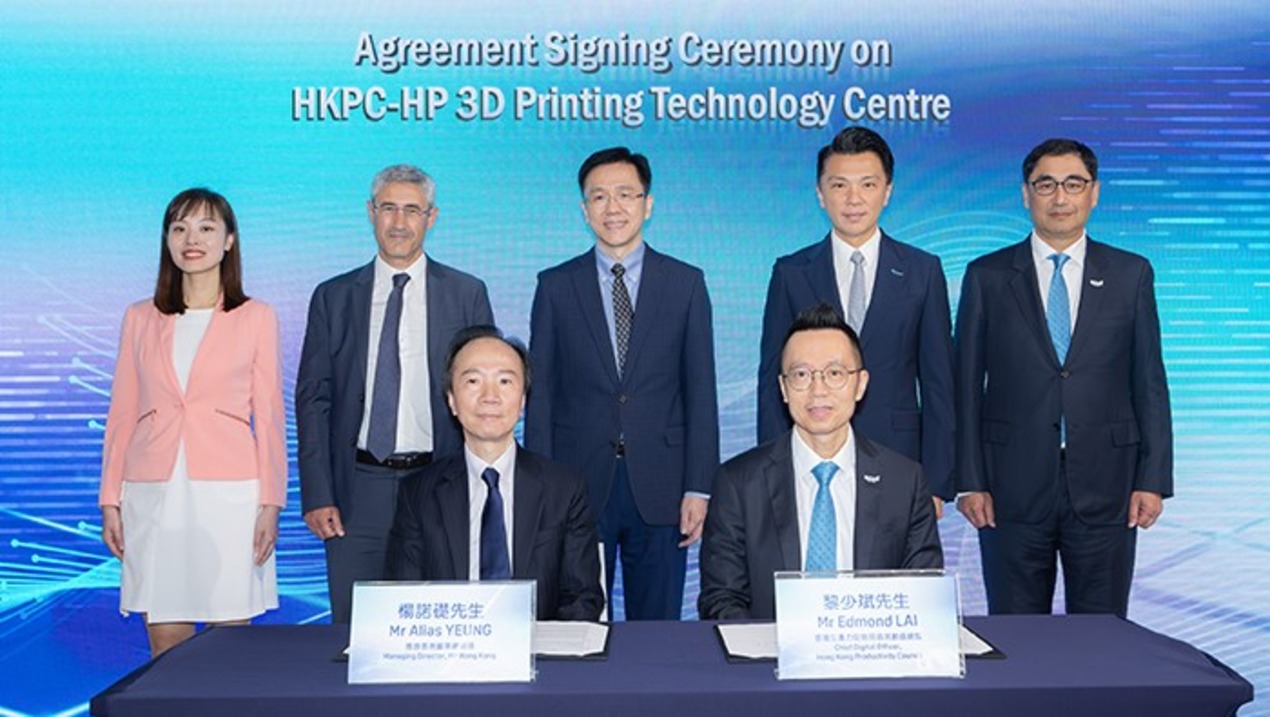
On December 30th 2016, the Prime Minister of India, Narendra Modi, announced the launch of an Android app called BHIM (Bharat Interface for Money) for facilitating digital transfer of funds using mobiles. Developed by the National Payment Corporation of India (NPCI), the umbrella organization for all retail payments system in India, the app is inter-operable with Unified Payment Interface (UPI, which went live in August 2016) applications, and bank accounts. Users can check bank balance and transactions details, scan a QR code for faster entry of payment addresses and more. 32 banks, including the majority of large public sector and private banks are supporting the app. There are limits of Rs. 10,000 per transaction and Rs. 20,000 within 24 hours.
This is the latest initiative in a massive drive by the government of India to reduce the role of cash in the Indian economy.
According to a report by the United States Agency for International Development (USAID), as of January 2016, 97% of retail transactions in India were still conducted in cash (a Boston Consulting Group report estimated the number to be 78%), only 11% of consumers used debit cards during the previous year and only 6% of merchants accepted digital payments. The numbers demonstrate the enormity of the task the government has set for itself.
The big driver for the ongoing push came from the surprise demonetisation announcement on November 8th.
All 500 and 1000 Rupee notes, accounting for 86% of all currency in circulation, would cease to be legal tender from the midnight of that day. People could deposit the old notes in banks till December 30th. The initially stated objectives were a crackdown on black money, curbing corruption, and tackling the counterfeiting of currency for funding terrorism. The subsequent cash crunch led to long queues at banks and ATMs across the country and adversely impacted businesses, though precise countrywide statistics are hard to come by at the moment. Over 95% of the banned currency had been deposited in banks by early January according to news reports, raising doubts on the effectiveness of the measure in countering black money. However, towards the end of November, the government started talking about using this opportunity for promoting a cashless society by embracing technology and mobile platforms, as was evident from speeches by the Prime Minister. A social media campaign was launched for advocacy of digital payments.
Soon, incentives were introduced to spur the adoption of digital payment platforms. Simultaneously, studies were initiated to analyse the regulatory aspects.
The government is seeking to leverage the so-called JAM trinity of Jan-Dhan Yojana (JDY) or People Money Scheme, Aadhar (a 12 digit unique identity number linked to a citizen’s basic demographic and biometric information and mobile penetration to boost the adoption of digital platforms for majority of transactions.
The JDY scheme, launched in August 2014, to promote financial inclusion by extending the reach of affrodable and convenient banking services, had around 16 million accounts on 28th December 2016. Zero balance accounts had dropped from a high of 77% in September 2014 to 24% in September 2016. Around 86% of the country’s population had the unique identifier assigned to them at end of 2016. As of September 2016, there were over a billion mobile subscribers, along with 346 million wireless internet subscribers, constituting 84% and 30% of India’s population respectively (according to the same report, 62% of urban residents have internet subscriptions, which falls to 13.7% for rural India).
Bringing together the high penetration of mobiles (though there could be concerns over the rural/urban divide and internet speeds with slightly over half of internet subscriptions being broadband) and Aadhar, the government is promoting a range of payment methods and platforms, including some, such as Unstructured Supplementary Service Data (USSD) which do not require sophisticated hardware in the form of smartphones and do not require internet data.
On December 8th, the government announced a ‘Package for Promotion of Digital and Cashless Economy’. It included measures such as the elimination of service tax on digital transaction charges/MDR (Merchant discount rate or the charge to a merchant by a bank for accepting payment from their customers in credit and debit cards) for transactions up to Rs. 2000 per transaction, extension of financial support to eligible banks for deployment of 2 POS (Point-of-Sales) devices each in 1 Lakh villages with population of less than 10,000 and capping the monthly rental paid by merchants for PoS terminals/Micro ATMs/mobile POS to public sector banks.
NITI Aayog, the premier policy ‘Think Tank’ of the Government of India, formed a Committee under the leadership of its CEO, Mr. Amitabh Kant, to ‘identify and operationalize in the earliest possible time frame user-friendly digital payment options in all sectors of the economy’. The aim is to establish and monitor an implementation framework with strict timelines to ensure that nearly 80% of transactions in India moves to the digital-only platform. The committee is also expected to co-ordinate between the public and private sector and the various stakeholders, such as regulators, State governments, district administration, local bodies, trade and industry associations. The committee has representation from Department of Financial Services, Ministry of Finance; Secretary, Ministry of Electronics and Information Technology; Secretary, Department of Industrial Policy and Promotion, Department of Investment and public Asset Management, National Payments Corporation of India, Ministry of Rural Development and National Highways Authority of India.
On 30th November, NITI Aayog constituted a Committee of Chief Ministers, also including representatives from academia and consultancy to examine and promote the use of digital payment systems across the country.
Meanwhile, a Committee on Digital Payments, constituted by the Ministry Of Finance issued a report in December, entitled, ‘Medium Term Recommendations to Strengthen Digital Payments Ecosystem’. The report is supposed to provide material for the Committee of Chief Ministers.
Its recommendations included Making regulation of payments independent from the function of central banking, Updating the current Payments and Settlement Systems Act, 2007 and Promoting digital payments and receipts within Government. The report also looked at global best practices and directions from jurisdictions, such as Singapore, the European Union (EU), Australia and UK. Issues such as interoperability, consumer protection through penalties and appeal mechanisms, systemic risks and data protection and security are considered and emerging technologies, such as Blockchain are listed.
In late December, the Reserve Bank of India, the central bank, issued ‘Special Measures to incentivise Electronic Payments’ involving the use of Pre-Paid Payment Instruments.
There has been some increase in digital transactions, as seen from provisional central bank data for December and November 2016. Combined transactions based on UPI, USSD and PoS debit and credit cards, increased by 87% in volume month-on-month and 42% in terms of value. Bulk of the boost in value of transactions came from USSD. The BHIM app has crossed 3 million downloads on the Play Store (the Play Store page shows between 1 and 5 million downloads) and 500,000 transactions.
But there is a long way to go. A range of concerns from internet connectivity, access to banking, inter-operability, regulation of private players, such as mobile wallet providers and cybersecurity (As citizens are being strongly encouraged to shift to digital transactions, cybersecurity and privacy measures should be handled diligently. Failing to do so could result in severe setbacks by affecting user trust.) have to be dealt with, several of which are outlined in the Ministry of Finance report, before the vision of a cashless or nearly cashless economy can be realised. Development of a comprehensive blueprint by the NITI Aayog at the earliest possible would be the first step in that direction.
Photo by Richard Tanzer Fotografie / VeroPay/ Creative Commons Attribution-Share Alike 3.0
















